 |
|
USSF-8 (Atlas V) 21 January 2022 |
Space Launch Complex 41 Cape Canaveral Space Force Station |
A United Launch Alliance Atlas 5 rocket launched the USSF-8 mission for the U.S. Space Force’s Space Systems Command at 2:00 p.m. on 21 January 2022 from Space Launch Complex-41 at Cape Canaveral Space Force Station. USSF-8 will launch two identical Geosynchronous Space Situational Awareness Program (GSSAP) satellites—GSSAP-5 and GSSAP-6—directly to a near-geosynchronous orbit approximately 22,300 miles (36,000 km) above the equator. Data from the GSSAP will uniquely contribute to timely and accurate orbital predictions, enhancing our knowledge of the GEO environment and further enabling space flight safety including satellite collision avoidance. |
|
LAUNCH |
|
Atmospheric distortion, haze, and an approaching cold front with clouds and rain marred the launch photography. |
|
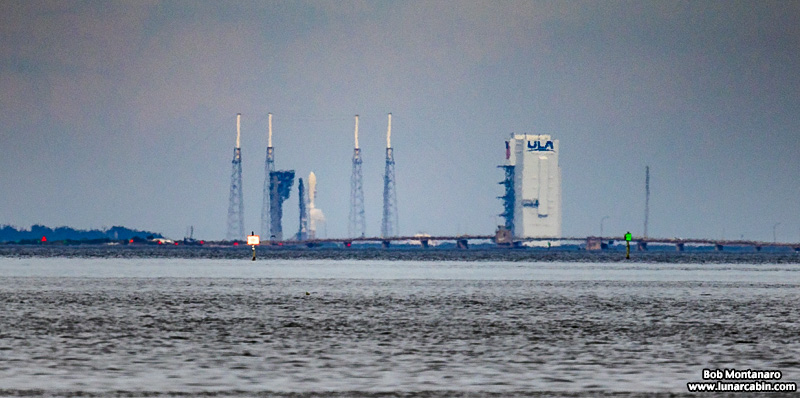 |
|
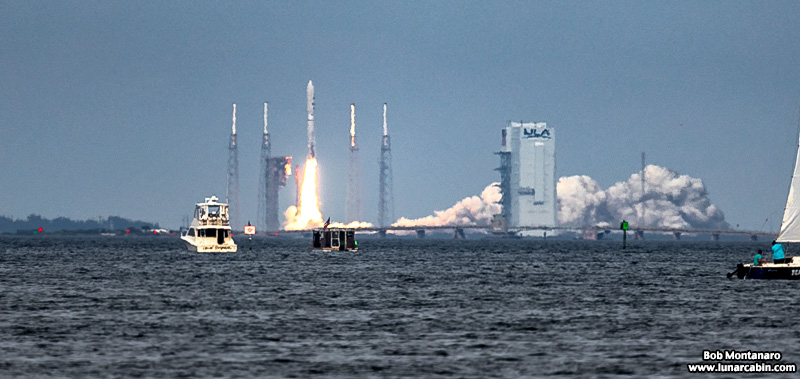 |
|
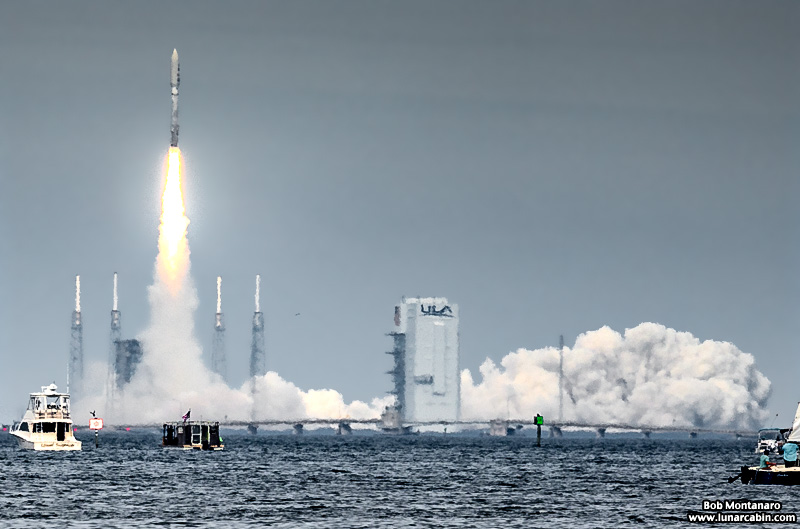 |
|
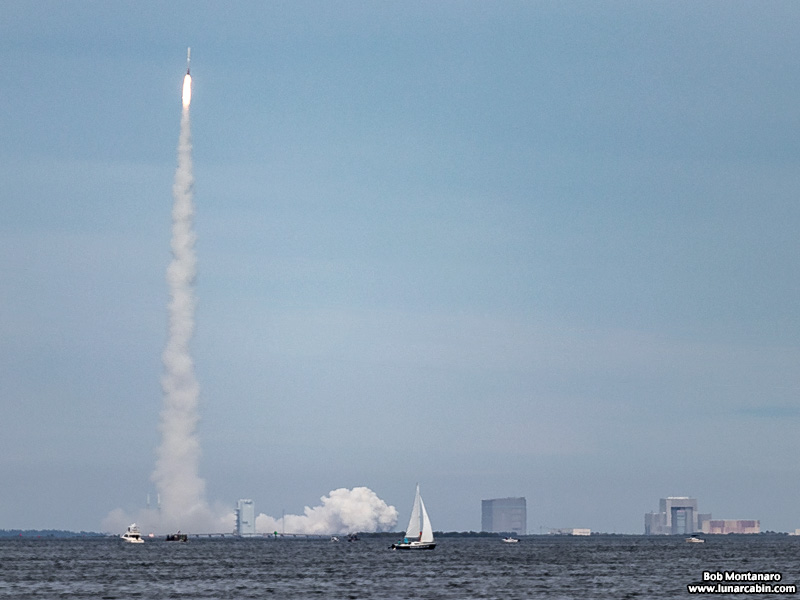 |
|
 |
|
 |
|
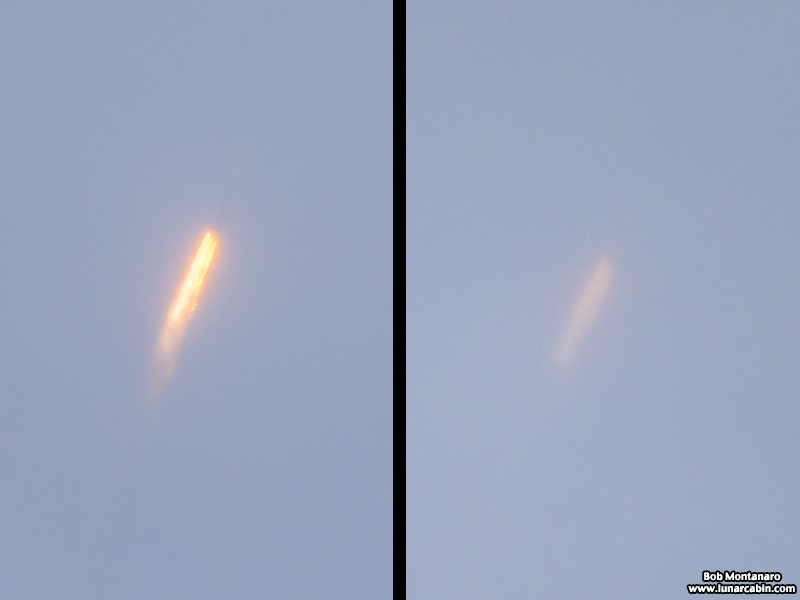 |
|
The Atlas V disappeared into the clouds shortly after liftoff. |
|
MEDIA IMAGES |
|
 |
|
An overview of the processing flow at Space Launch Complex-41 for the USSF-8 mission. IMAGE: ULA |
1. Atlas Spaceflight Operations Center (ASOC) Launch Control Center Mission Director’s Center, Mission Support Teams, Launch Vehicle Horizontal Processing & Ordnance Installation 2. Delta Operations Center Offline Vertical Integration (OVI): Interstage Adapters, Centaur, Boattail, Base Module & Centaur Forward Load Reactor Deck 3. Spaceflight Processing Facility Spacecraft Processing, Testing & Encapsulation 4. Vertical Integration Facility Launch Vehicle Integration & Testing, Spacecraft Mate & Integrated Operations |
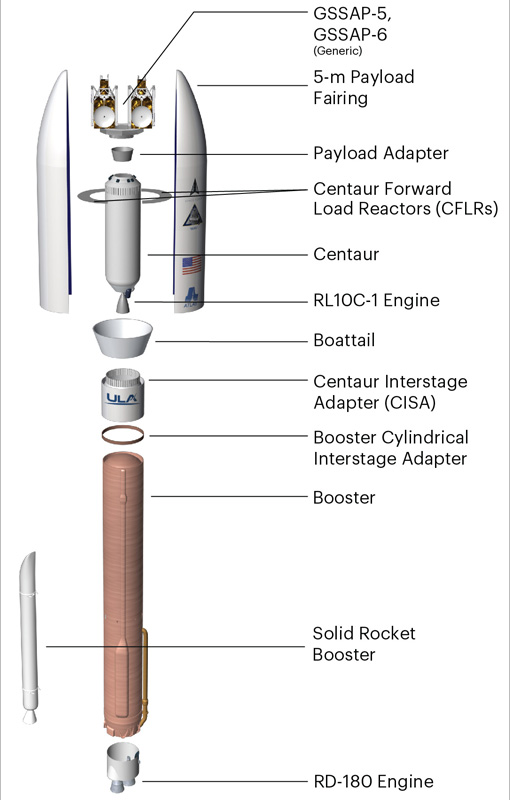 |
|
| Unique to this mission is the first and only planned flight of the Atlas V 511 configuration. The 511 is the only unflown configuration in the Atlas family utilizing a five-meter fairing, a one-engine Centaur upper stage, and one Solid Rocket Booster. IMAGE: ULA | |
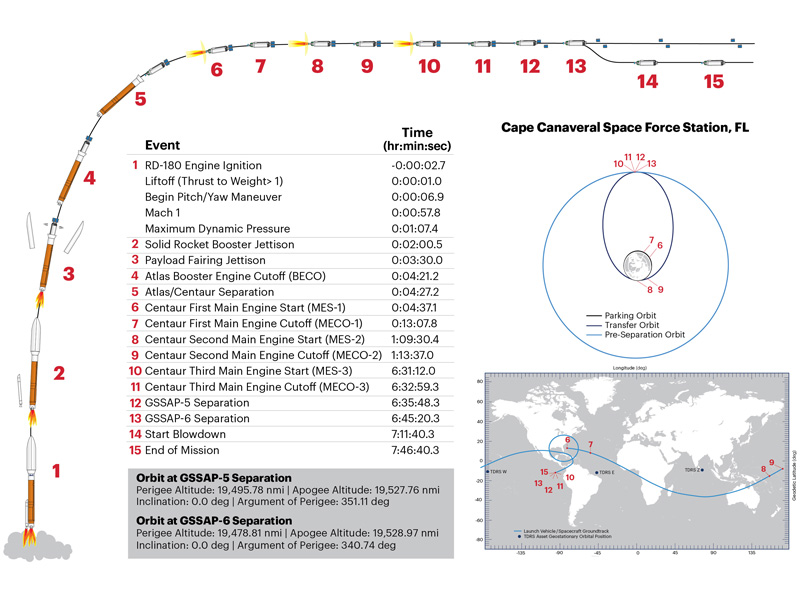 |
|
USSF-8 flight profile. IMAGE: ULA |
|
 |
|
About the GSSAP program from the former U.S. Air Force Space Command: Geosynchronous Space Situational Awareness Program (GSSAP) satellites are a space-based capability operating in the near-geosynchronous orbit regime supporting U.S. Space Command space surveillance operations as a dedicated Space Surveillance Network (SSN) sensor. GSSAP satellites collect space situational awareness data allowing for more accurate tracking and characterization of man-made orbiting objects. From a near-geosynchronous orbit, it has a clear, unobstructed and distinct vantage point for viewing Resident Space Objects (RSOs) without the interruption of weather or the atmospheric distortion that can limit ground-based systems. GSSAP satellites operate near the geosynchronous belt and have the capability to perform Rendezvous and Proximity Operations (RPO). RPO allows for the space vehicle to maneuver near a resident space object of interest, enabling characterization for anomaly resolution and enhanced surveillance, while maintaining flight safety. Data from GSSAP uniquely contributes to timely and accurate orbital predictions, enhancing our knowledge of the geosynchronous orbit environment, and further enabling space flight safety to include satellite collision avoidance. GSSAP satellites communicate information through the world-wide Air Force Satellite Control Network (AFSCN) ground stations, then to Schriever Air Force Base, Colorado, where the 50th Space Wing conducts day-to-day operations. IMAGE: US Space Force / Northrop Grumman Integrated System |
|
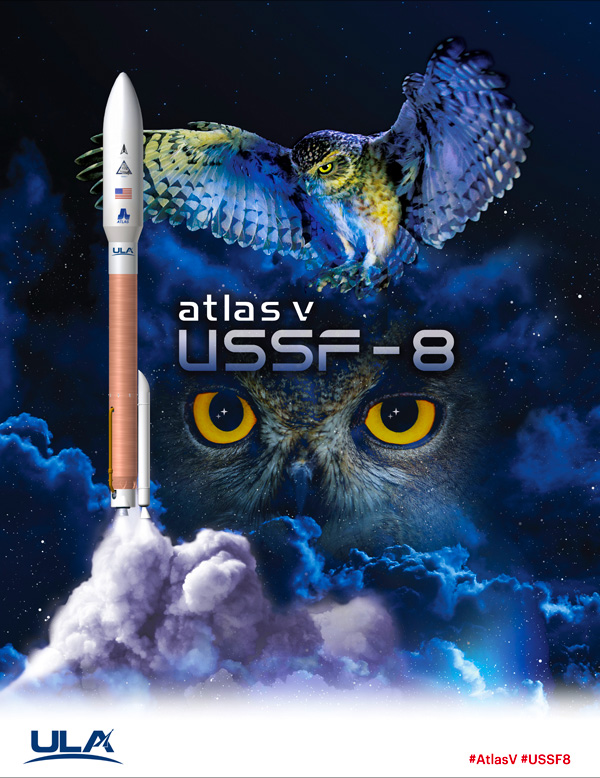 |
|
The United Launch Alliance mission graphic. IMAGE: ULA |
|
All contents copyright Lunar Cabin |
|